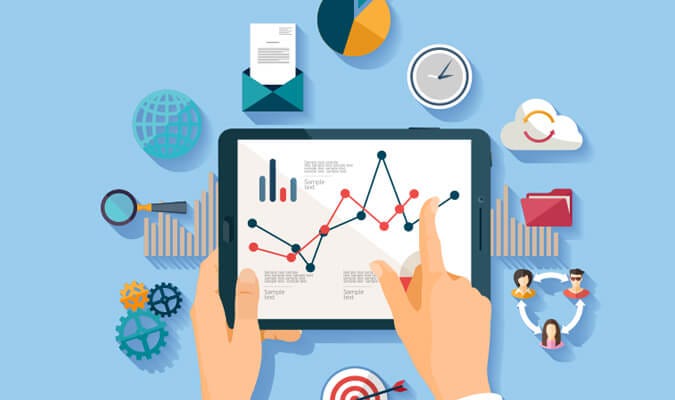Every company works with the goal of earning profits and this may be accomplished by making the proper business decisions. Business intellect plays the main part whilst implementing suitable preparation strategies and processes. BI technology assists its users in gathering, preserving, accessing, and analyzing information.
The assortment of software covered by company intelligence permits companies to execution powerful decision support methods, executing online analytical processing theories (OLAP), statistical analysis, forecasting, and data mining. You can get proficient power automate templates via online sources.
Business intelligence works in sending info to the ideal decision-maker at the ideal moment. BI is favored by many consumers, as it leads them into attaining facts based on decisions or better called single variations of fact'. It offers the very best end products and prospects organizations to transform raw information into useful information; Hence, brings gains. Phases of Business Intelligence Procedure:

Image Source: Google
The company intelligence procedure collects raw data and transforms it into useful data; And then transforms it into an understanding that has to be utilized with intellect. The BI Procedure is predicated on the five chief phases mentioned below:
Data resource: This platform works on gathering data from several sources such as email messages, pictures, deformed tables, reports, sounds, and other pertinent sources.
Data evaluation: The next point will be to control the information accumulated from the information source and gauge the information based upon the present fad and in the long run. Also called data mining, this point also forecasts information which will be necessary later on.
Risk evaluation: taking risks is a part of each company; However, if a person can take precautions, then it ends up really beneficial. The risk assessment phase helps identify present and future dangers, including price advantages.
